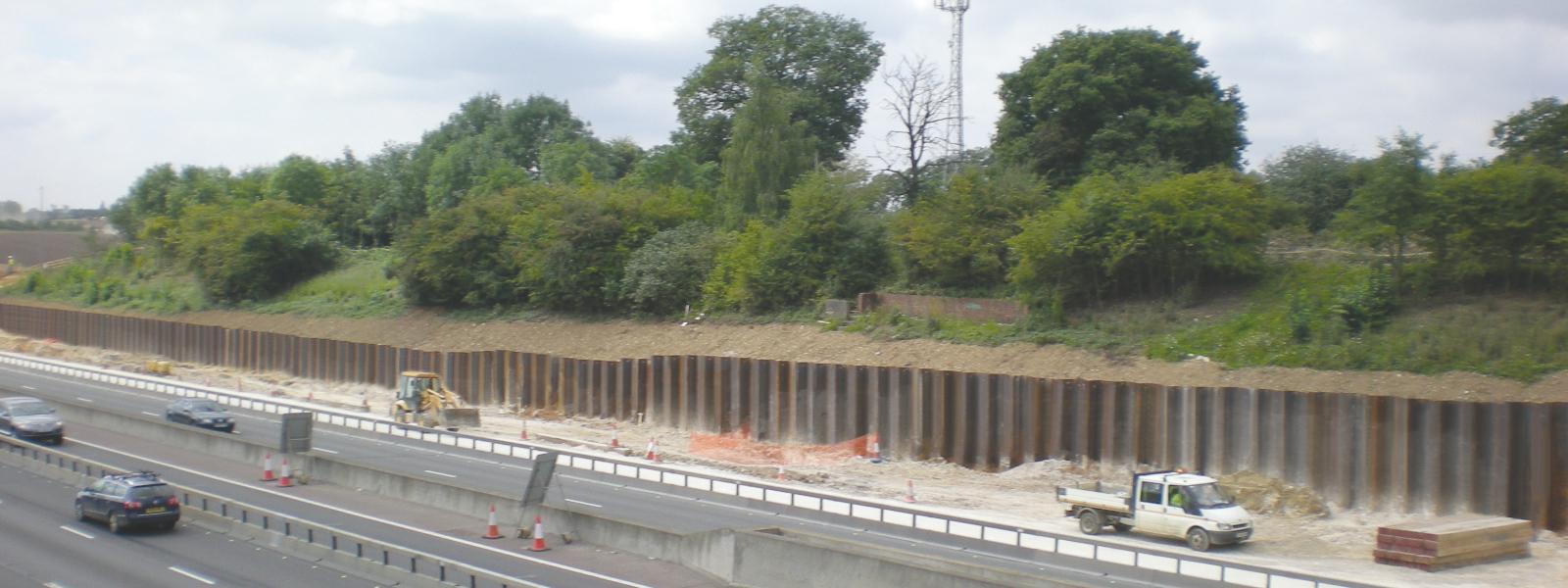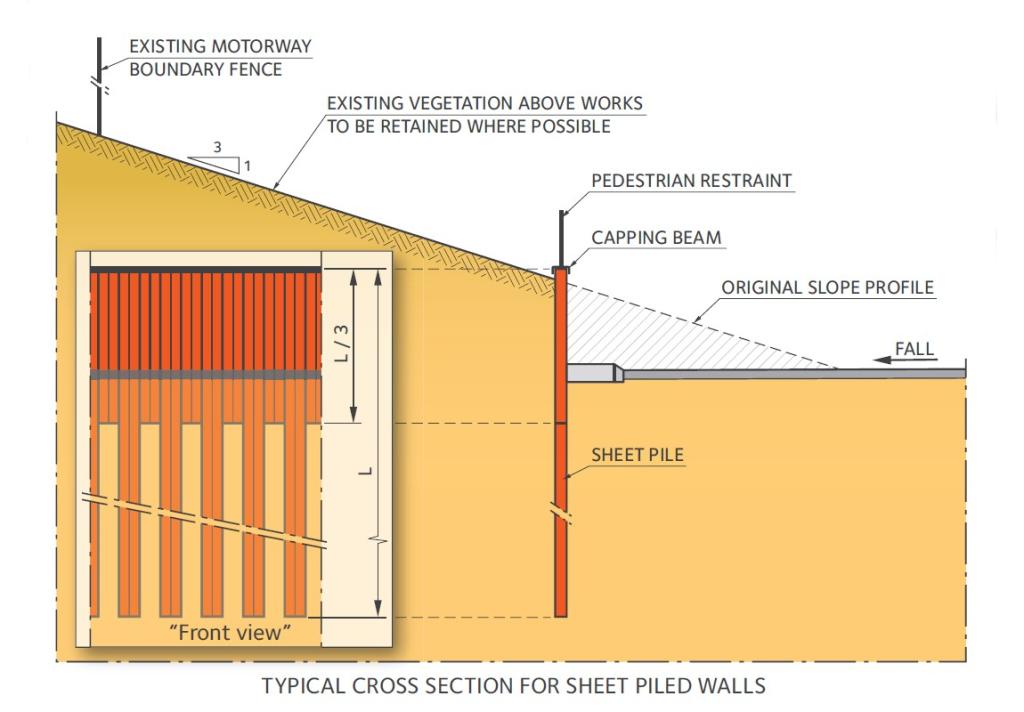M25 "London Orbital Motorway". Widening Section 1 Junctions 16-19 | UK
Improving Traffic Flow and Reducing Congestion on the London Orbital Motorway
The M25 is an extremely busy motorway around the Capital. It constitutes 6% of Britain’s Motorways but carries 15% of its traffic. To alleviate the resulting congestion in the North West Quadrant where key arterial motorways, such as the M40, M1 and A1(M), feed into the M25, The Highways Agency requested tenders for the widening of the Motorway in these critical areas and on the 20th May 2009 the “Connect Plus Consortium” was awarded the £6.2 billion “Design Build Finance and Operate” (DBFO) Contract.
Section 1 Junctions 16 - 23 of the widening was broken into 3 sections of approximately 7.5 miles each with much of the work being in cut and with many overbridges. Adding a fourth running lane, quickly and efficiently, whilst minimising disruption to the road users and maximising staff and user safety during and after construction, presented no small challenge.
Since much of the existing motorway is in cut with quite steep embankments leading down to the hard shoulder, to construct an extra lane required permanent retaining walls and regrading of the embankments.
Download
 English
English






